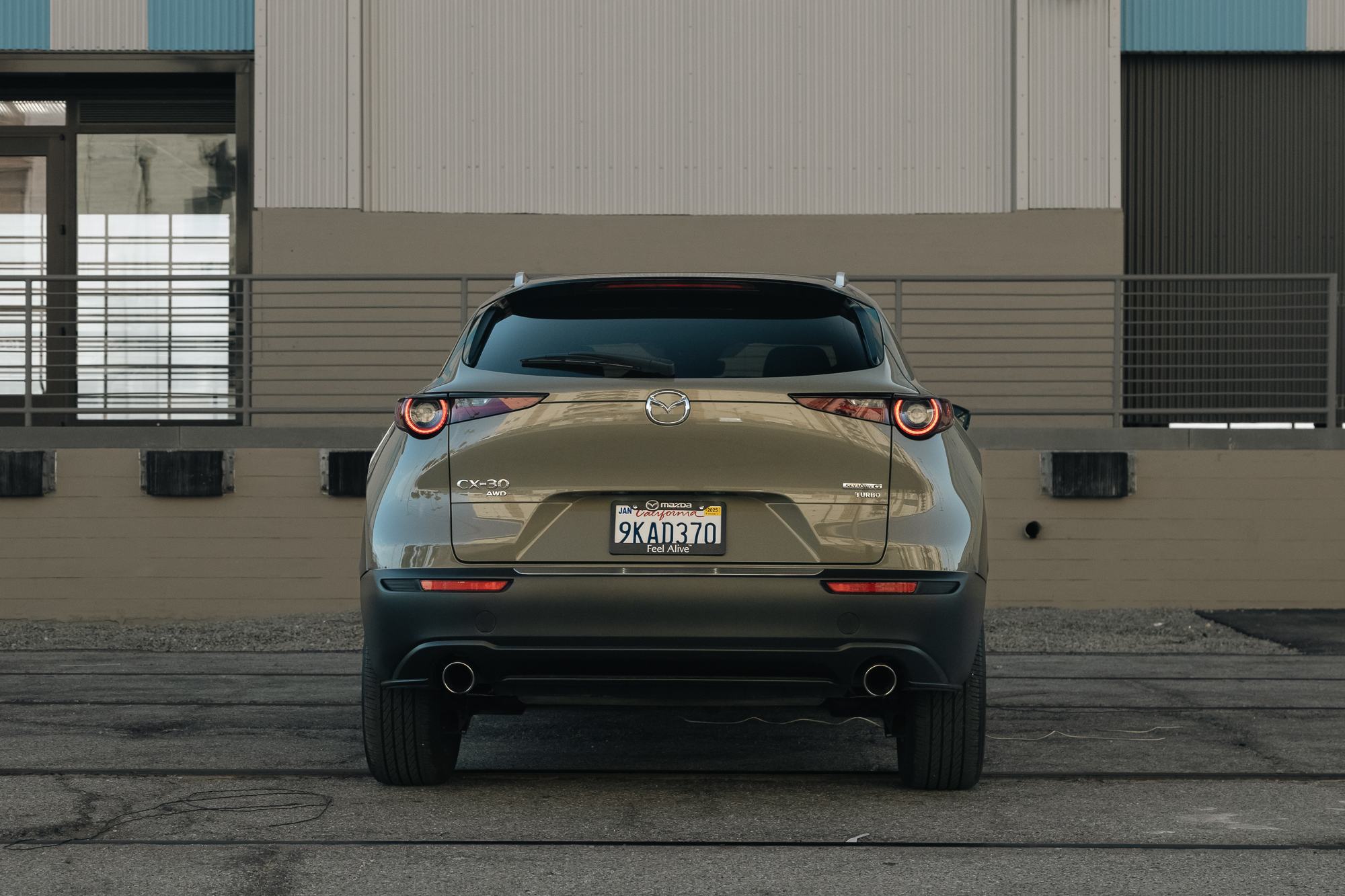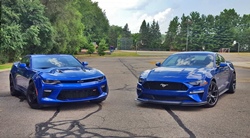Following on the heels of new tariffs announced by President Trump that impact all foreign-made vehicles, you might be asking what car companies are affected the hardest by these new tariffs and who could emerge as big winners as the automotive industry works to react and adjust to changing market and regulatory conditions.
Tesla and Ford emerge as big winners

Perhaps unsurprisingly, the two biggest potential winners here are the ones with the highest content of domestic parts in their vehicles with Tesla and Ford potentially benefitting the most. While Tesla CEO Elon Musk’s close relationship with the Trump administration may cause some to question whether the CEO has a conflict of interest, there’s no denying that Tesla has a high percentage of U.S.-made parts in its vehicles with a Model 3 Performance getting 87.5% of its parts from the U.S. with Tesla’s other models also getting over 80% of their parts content from U.S. sources. However, Musk admits that the company is not fully insulated from tariffs either with some components being brought in from China for use in their cars which ultimately makes them pay more to bring the cars into the U.S.
Meanwhile, Ford and Honda also boast a strong U.S. presence with the Ford Mustang’s automatic, GT, and GT Premium models having 80% domestically sourced parts (the manual version’s Getrag gearbox is from Germany and it causes that model to slip to 73%.) Honda has boosted its presence when it comes to U.S. production in recent years and models like the Passport also boast high domestic parts content.
Japanese and European automakers lose big

On the other end of the spectrum companies like Toyota, Lexus, Mazda, BMW, and Mercedes-Benz will all be heavily impacted by the new tariffs. Many of the models produced by these companies have a high content of foreign parts and that will have a big impact on prices when consumers visit these brands for their next vehicle purchase. This pricing impact could sour some of the inherent value offered by affordable sports cars like the Subaru BRZ, Toyota GR86, and the GR Corolla.
Japan in particular has ridden under the radar when it comes to tariffs, but the island nation is notorious for charging U.S. firms high fees to import vehicles into the country which has made it difficult for automakers like GM to sell U.S.-made products there. Japanese Prime Minister Shigeru Ishiba released a statement saying that Japan is looking at putting “all options on the table” when it comes to potential responses to these latest tariffs.
“Japan is a country that is making the largest amount of investment to the United States, so we wonder if it makes sense for (Washington) to apply uniform tariffs to all countries. That is a point we’ve been making and will continue to do so,”
How long will they last?

The big question is how long these new tariffs will last. Trump has used the threat of tariffs as a bargaining chip and has also shifted the timing of separate tariffs when other countries give him incentives and trade deals that he wants. As a result, it’s unknown whether this latest round of tariffs will be a short-term reality or if they will stick around for much longer.
There’s also a chance that these tariffs will encourage some of these companies to move more of their factories into the U.S. as they look to avoid absorbing the beefed-up costs of importing vehicles into the U.S. while also avoiding putting the task of shouldering these higher costs onto the consumer.

Carl Malek has been an automotive journalist for over 10 years. First starting out as a freelance photographer before making the transition to writing during college, his work has appeared on numerous automotive forums as well as websites such as Autoshopper.com.
Carl is also a big fan of British vehicles with the bulk of his devotion going to the Morgan Motor Company as well as offerings from Lotus, MG, and Caterham. When he is not writing about automobiles, Carl enjoys spending time with his family and friends in the Metro Detroit area, as well as spending time with his adorable pets.
